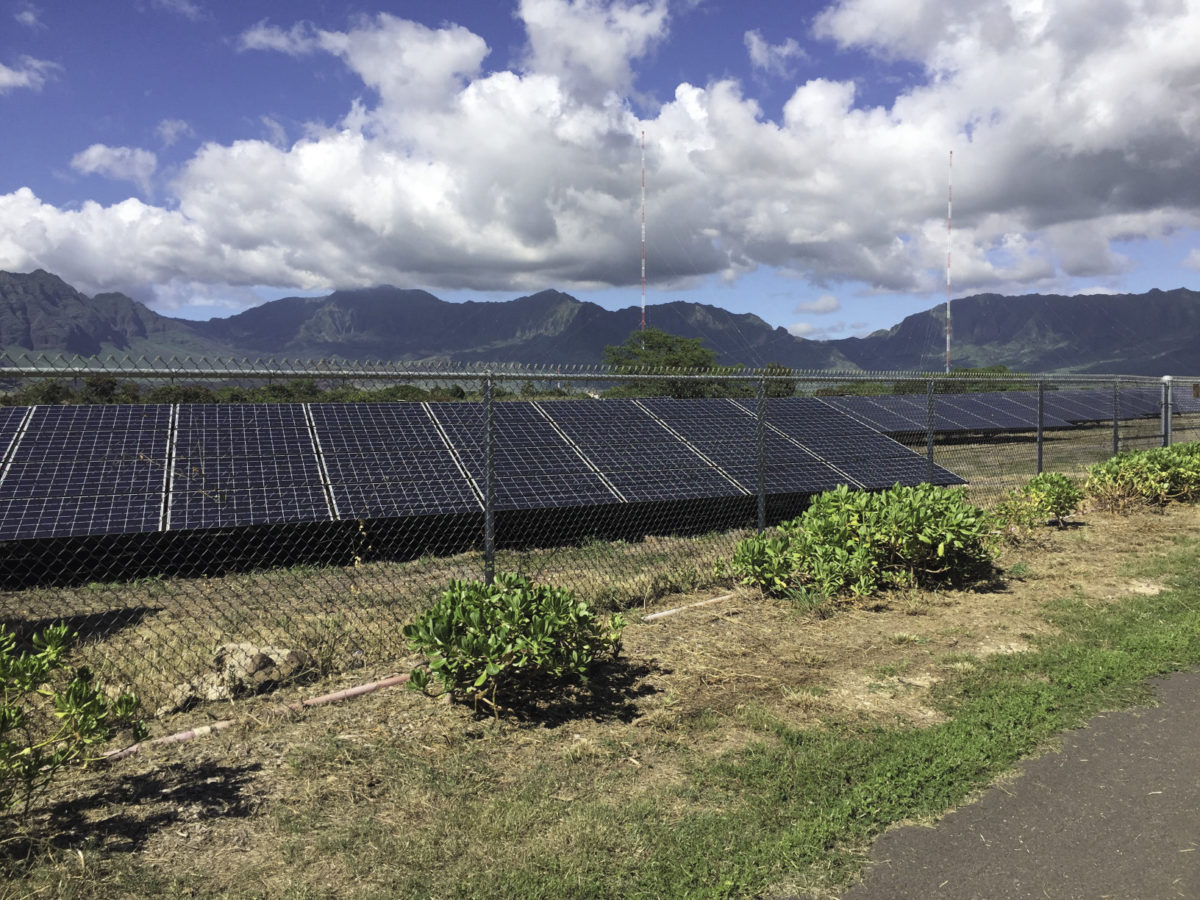An online map developed by the Consortium for Battery Innovation (CBI) has identified the location of more than 120 lead-battery storage projects worldwide.
The CBI published the map as part of the lead-up to the Energy Storage Association’s annual conference, which is being held this week in Phoenix, Arizona. The map features operational storage systems on every continent except South America. It even pinpoints the location of a 400 kWh system – powered by batteries supplied by Berlin-based Younicos, now part of the Aggreko group – at the Amundsen-Scott South Pole Station in Antarctica.
“We are seeing growing interest in lead-battery energy storage for utility and renewables systems all over the world,” said CBI director Alistair Davidson. “The aim of this initiative is to highlight some of these installations and encourage companies to share other examples. Our analysis suggests demand for battery energy storage will increase significantly in the next five years. This new tool will allow us to demonstrate that the latest lead-battery technology is supporting a wide range of installations with reliable, safe, sustainable and cost-effective energy storage.”
Village mini grids included
By drawing on case studies, the map gives detailed information on how lead-battery storage systems are supporting renewables projects globally. The map includes a number of systems serving as back-up for small local grids.
The online tool also lists a handful of off-grid installations powering isolated communities, including an 18 kWh microgrid in Nigeria. That installation – powered by batteries supplied by California-based Trojan Battery – was built with Green Village Electricity Projects, a Nigerian PV mini grid developer. The project is providing electricity to 260 homes and 60 businesses in the small village of Bisanti.
CBI’s interactive map also lists battery storage installations in Australia, a hotbed for global deployment. A report by Bloomberg NEF in January predicted more than 70,000 energy storage systems will be installed in the country’s residential segment alone this year. With Australian storage demand set to triple, the nation is expected to account for 30% of global demand by the end of the year.
This content is protected by copyright and may not be reused. If you want to cooperate with us and would like to reuse some of our content, please contact: editors@pv-magazine.com.



1 comment
By submitting this form you agree to pv magazine using your data for the purposes of publishing your comment.
Your personal data will only be disclosed or otherwise transmitted to third parties for the purposes of spam filtering or if this is necessary for technical maintenance of the website. Any other transfer to third parties will not take place unless this is justified on the basis of applicable data protection regulations or if pv magazine is legally obliged to do so.
You may revoke this consent at any time with effect for the future, in which case your personal data will be deleted immediately. Otherwise, your data will be deleted if pv magazine has processed your request or the purpose of data storage is fulfilled.
Further information on data privacy can be found in our Data Protection Policy.